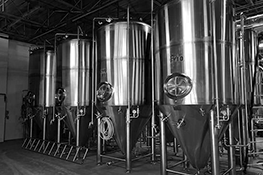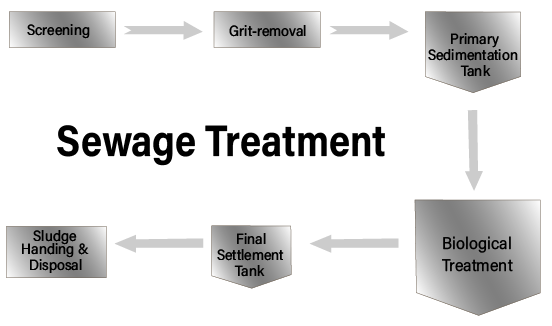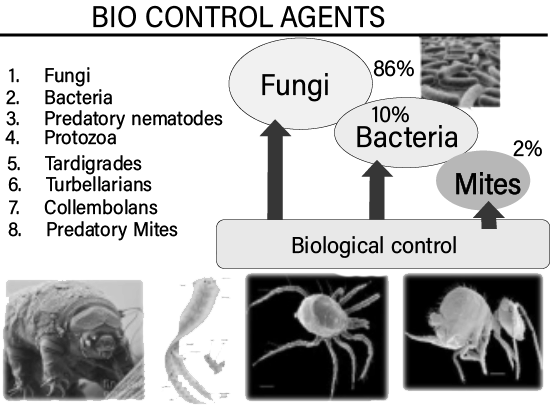Biology Notes for Chapter 8 Microbes in Human Welfare Class 12 - FREE PDF Download


FAQs on Microbes in Human Welfare Class 12 Biology Chapter 8 CBSE Notes - 2025-26
1. How can one quickly summarise the main roles of microbes in human welfare for revision?
For a quick summary, microbes are beneficial in several key areas. They are essential in household food production (curd, cheese, dough), in industry for creating antibiotics, fermented beverages, and organic acids, in environmental management for sewage treatment, and in agriculture as natural biocontrol agents and biofertilisers to enhance soil fertility.
2. What is the core concept behind using microbes in household food preparation like making curd and dough?
The core concept is fermentation.
- For curd, Lactic Acid Bacteria (LAB) are used as an inoculum to ferment milk lactose into lactic acid, which coagulates milk proteins.
- For dough, yeast (Saccharomyces cerevisiae) ferments sugars to produce carbon dioxide gas, which leavens the dough, making it soft and porous.
3. Why was the discovery of Penicillin a landmark event for human health?
The discovery of Penicillin was a landmark event because it was the first antibiotic. It demonstrated that a substance produced by one microbe (Penicillium notatum fungus) could effectively kill or inhibit the growth of harmful, disease-causing bacteria. This revolutionised medicine by providing a cure for many previously fatal bacterial infections and paved the way for the entire field of antibiotics.
4. What is the main principle behind using microbes in a Sewage Treatment Plant (STP)?
The main principle is to use naturally occurring heterotrophic microbes to break down organic matter present in wastewater. During secondary or biological treatment, these microbes significantly reduce the Biochemical Oxygen Demand (BOD) of the effluent, which is a measure of its pollution potential, before the water is released into natural water bodies.
5. What is the fundamental difference between the microbial activity in an aeration tank and an anaerobic sludge digester?
The key difference lies in the presence or absence of oxygen.
- In the aeration tank, aerobic microbes thrive, consuming organic matter rapidly in the presence of air to reduce BOD.
- In the anaerobic sludge digester, anaerobic bacteria break down the remaining solids (sludge) in an oxygen-free environment, producing biogas (methane, CO₂, H₂S) as a byproduct.
6. What are methanogens and what is their specific role in biogas production?
Methanogens are strictly anaerobic bacteria that grow on cellulosic material. Their specific role in a biogas plant is to carry out the final stage of digestion, where they act on the substances produced by other microbes and generate a large amount of methane (CH₄), along with CO₂ and H₂, which collectively form biogas.
7. Why are baculoviruses considered ideal biocontrol agents for sustainable agriculture?
Baculoviruses are considered ideal biocontrol agents because they are species-specific and have a narrow-spectrum action. This means they target and kill specific pest insects and arthropods without harming plants, mammals, birds, fish, or even beneficial insects. This host specificity makes them an excellent component of Integrated Pest Management (IPM) strategies, minimising environmental impact.
8. How do biofertilisers like Rhizobium offer a better long-term solution for soil health compared to chemical fertilisers?
Biofertilisers offer a more sustainable solution by enriching soil fertility naturally. For example, Rhizobium bacteria form a symbiotic relationship with leguminous plant roots to fix atmospheric nitrogen into a usable form. This natural process enhances soil biology and structure without causing the water pollution or soil degradation often associated with the overuse of synthetic chemical fertilisers.






























